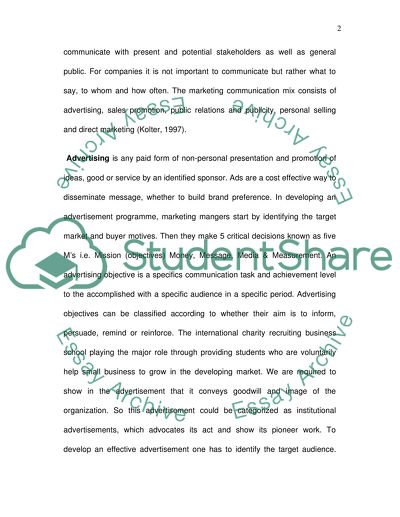Cite this document
(“Advertisement and marketing communication Essay”, n.d.)
Advertisement and marketing communication Essay. Retrieved from https://studentshare.org/marketing/1517116-advertisement-and-marketing-communication
Advertisement and marketing communication Essay. Retrieved from https://studentshare.org/marketing/1517116-advertisement-and-marketing-communication
(Advertisement and Marketing Communication Essay)
Advertisement and Marketing Communication Essay. https://studentshare.org/marketing/1517116-advertisement-and-marketing-communication.
Advertisement and Marketing Communication Essay. https://studentshare.org/marketing/1517116-advertisement-and-marketing-communication.
“Advertisement and Marketing Communication Essay”, n.d. https://studentshare.org/marketing/1517116-advertisement-and-marketing-communication.


